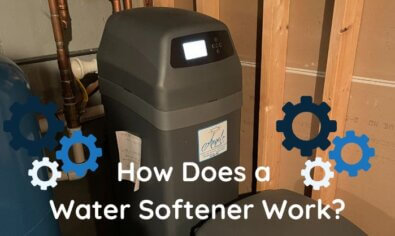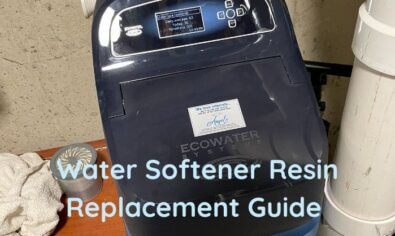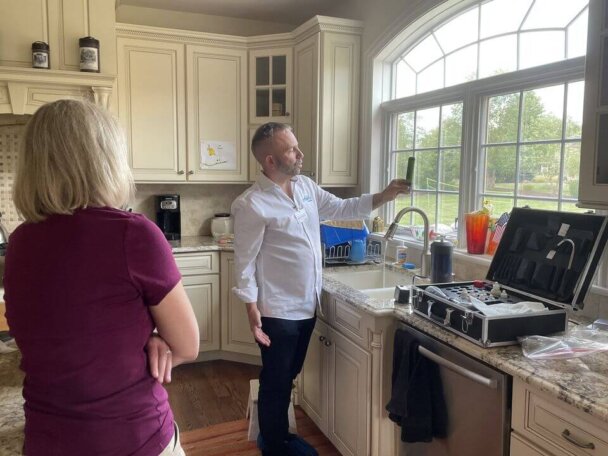Sump Pump Systems and Battery Backups – Your Expert Guide
In this blog, you will learn:
Sump pumps are electrical devices designed to remove water from a home’s basement or crawl space.
Sump pumps can protect your home from water damage, flooding, mold, fires and other costly problems.
You need to regularly inspect and clean a sump pump system for the best results.
A sump pump shouldn’t run more than 2-3 times on a regular day.
A battery backup sump pump is essential for when the power goes out or the primary pump fails.
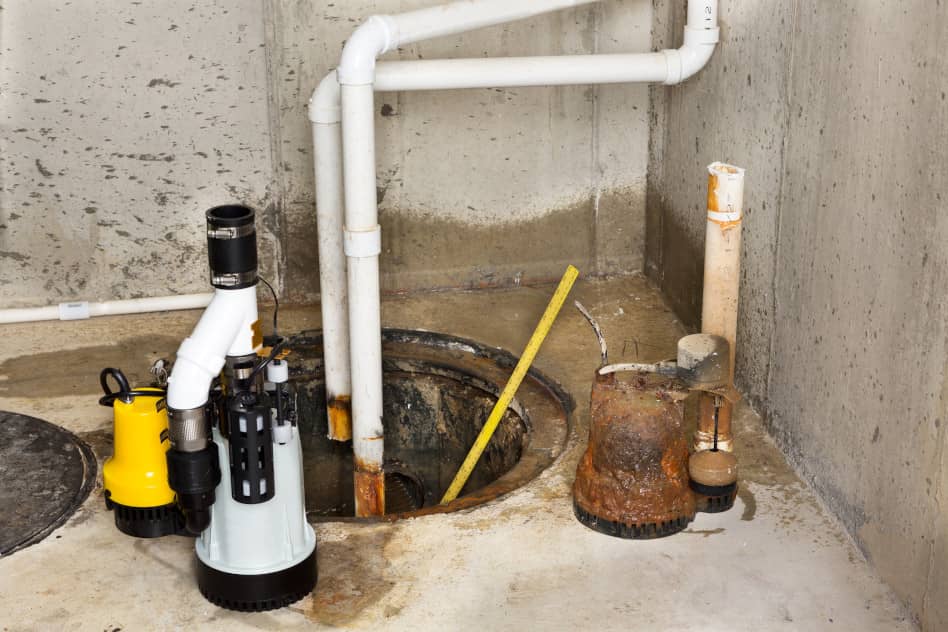
Here’s Why You Need a Sump Pump and Battery Backup
We Chicagoland residents are no strangers to nasty weather. Our summers bring plenty of severe thunderstorms and our winters feature more than enough snow.
We are also familiar with the problems wet weather can create in our homes. The threat of a flooded basement is enough to make anyone break out in a cold sweat!
Enter the sump pump. This nifty little machine is essential for keeping storm waters from wreaking havoc inside your home.
If you’re not familiar with sump pumps, then you’ve come to the right place! In this blog, we will give you a crash course on what sump pumps are, how to properly maintain them and why you also need a battery backup on your system.
What is a Sump Pump?
A sump pump is an electrical device designed to keep water from flooding a home by safely removing it.
There are two main types of sump pumps: submersible pumps and pedestal pumps. In Illinois, we most often use submersible sump pumps. In fact, the only time a pedestal pump is permissible in our state is if you live in an area where the water table is near the surface.
How a Submersible Sump Pump Works
A submersible pump is designed to sit in the bottom of a pit (called a sump tank) in a home’s basement or crawl space. When it rains, the groundwater filters down through the walls of a home and into the sump tank.
Once the water reaches a certain height, it triggers the sump pump, which begins sucking the water up and out of the home through a pipe. The pump can suck out about 35 gallons of water per minute.
Once it has removed the water from the tank, the pump turns off until it is needed again.
How a Pedestal Sump Pump Works
Like submersible pumps, pedestal pumps also sit in a sump tank at the lowest point in the home. However, the difference is that the motor on a pedestal pump is elevated above the point of suction to sit outside the tank. This is to keep the motor from getting wet. In contrast, the motors on submersible pumps are protected by a waterproof seal, which is why they can sit down in the water near the pump.
One side effect of the pedestal pump’s motor being outside the water is it is quite a bit noisier than the submersible pump when it goes off. However, the motor’s elevated position also makes it easier to service.

Why are Sump Pumps Important?
Sump pumps are essential for many reasons. First, they prevent water from doing damage to the foundation of the home. If the water didn’t filter into the sump tank, it would push against the sides of the house, causing cracks and all sorts of expensive problems.
They also protect basements from flooding. Sadly, many homeowners throughout the Chicago suburbs have experienced some sort of water damage in their basement. Sump pump systems prevent this problem by removing the water before it can do any damage.
Some of the types of damage that can occur without a sump pump include:
- Rust on metal appliances
- Sewage backups
- High basement humidity
- Peeling paint and wall coverings
- Electrical fires
- Termite damage
- Dangerous mold and mildew growth
Obviously, none of these results are ideal, which is why it’s not only important to get a sump pump but to inspect it regularly to keep it running well.
Does a Sump Pump Require Maintenance?
A sump pump system is an incredible luxury to have in your home. However, if you don’t maintain it, it can also cause you a terrible headache. We can’t tell you how many homeowners we’ve encountered who didn’t know there was something wrong with their sump pump until it was too late.
So be sure to take the following precautions to make sure your sump pump won’t fail you when you need it most:
Don’t Trust an Old System
If you move into a new house that already has a sump pump, don’t assume that pump is in working order. You should at least have it inspected by a licensed plumber. However, we would recommend replacing it with a new pump. That way, you’ll be starting off on the right foot at your new home.
Schedule Regular Inspections
Many things can go wrong with a sump pump over time. Something as simple as a clogged line or a broken valve can leave you wishing you got your pump inspected sooner. Don’t let that happen to you! Instead, have your sump pump inspected at least once a year by a licensed plumber. It could save you a lot of grief.
A full sump pump inspection by a licensed professional should include the following steps:
- Examine the pump for signs of damage or obstruction.
- Test the sump pump float switch to make sure it triggers the motor when the water raises it.
- Check the voltage of the sump pump for signs of wear and tear on the system.
- Check the sump tank to make sure it’s large enough and free from blockages.
- Inspect the check valve at the top of the pipe that removes the water to make sure it closes once the pump expels the water through it. (If this valve doesn’t close, the water could flow right back down into the home.)
- Make sure the sump tank is properly covered so that water won’t seep out of it and into the home.
- Check the battery backup power source to ensure it’s working properly. (We will discuss battery backups more below.)
Replace It Before It’s Too Late
It’s impossible to determine exactly how long a sump pump should last because every home is different. Pumps in houses bombarded with a ton of rainwater will work harder than those in less rainy areas. Unsurprisingly, the harder a system works, the sooner it will need replacement. So, pay attention to how frequently your sump pump turns on and off because that will help you decide when it’s time for a change.
Angel Water Now Offers Free Water Tests!
Don’t Guess, Test! Get Your Free Water Test Now and Take Control of Your Water Quality.
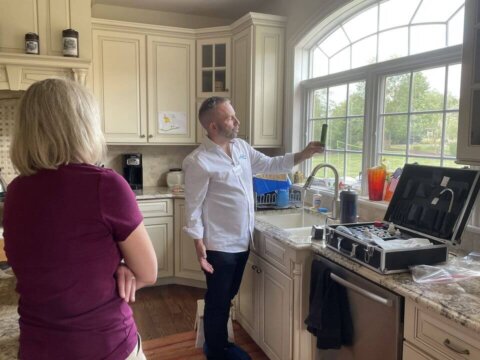
A licensed plumber can also advise you on when to change your pump. At Angel Water, we recommend replacing your sump pump every 5-6 years because that’s how long manufacturer’s warranties usually last. Of course, our recommendation will vary depending on your situation. So, be sure to give us a call if you’re looking for advice about your pump.
Clean Your Sump Pump and Sump Tank Regularly
Just like any other home appliance, a sump pump system works best when cleaned regularly. We recommend cleaning it every three months for the best results.
Here’s how to clean your sump pump system:
- Turn the pump’s power off at the circuit breaker to avoid being electrocuted.
- Detach the pump from the pipe and remove it from the tank.
- Wrap the pump in a blanket or plastic sheet to prevent it from dripping and then bring it outside your home.
- Use a garden hose to rinse all the grime off of the pump. You may also need to use a chisel or scraper to remove some of the more caked-on mud. Then let the pump dry.
- While the pump dries, turn your attention to the tank, removing any excess sludge you find in there. You should also use a shop vac to get rid of any standing water.
- Reinstall the pump and turn the power back on.
How Often Should a Sump Pump Run?
Many homeowners hear their sump pump going off and wonder if it’s running too frequently. It’s good to notice how often the pump goes off because, as we mentioned above, the more frequently the pump works, the sooner it will break down.
So, how often should a sump pump turn on? The answer will depend on where you live because that will influence how much water your home will take on. But generally, a sump pump shouldn’t run more than 2-3 times a day. If you hear your pump starting every hour or every few minutes, then you might have a problem.
Some possible causes for an overactive pump include:
- A high groundwater level around your home
- The soil around your home slopes toward the foundation
- A broken water main or underground spring near your home
- The check valve is broken, allowing water to flow back into the sump tank
- A dirty or clogged pump
- The pump is not powerful enough
- The sump tank is not the right size
If you need help determining the cause of your overactive pump, consult an expert. A licensed plumber can help identify the source of the problem and help you solve it!
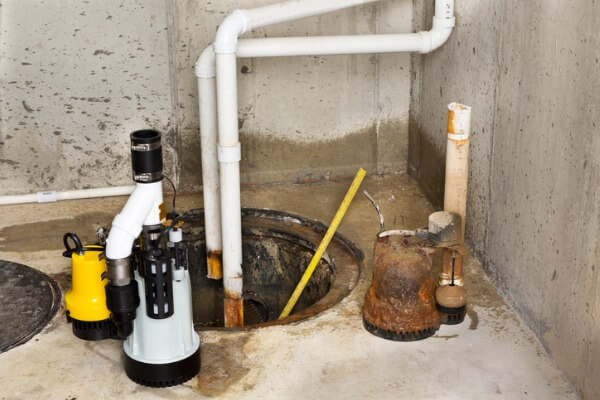
Are Battery Backup Sump Pumps Worth It?
While maintaining your sump pump is important, it’s not the only way to ensure your system won’t fail you. In fact, your pump could be in exceptional shape and still falter since it runs on electricity.
Think about it. When a severe storm knocks your power out, what will prevent the excess rainwater from flooding your basement? If you don’t have a battery backup on your sump pump system, then you will have to pump the water out by hand. Plus, you could wind up paying too much for a water mitigation service and replacing damaged items.
Certainly, you want to avoid these terrible options at all costs. And you can by investing in a battery backup sump pump.
How Does a Battery Backup Work?
A typical battery backup system consists of a large 12-volt battery, a converter that converts AC power into DC power, and another heavy-duty pump attached to the battery. This second pump sits slightly higher than your first pump. So, when your first pump fails and the water level gets higher than usual, the second pump will turn on and save the day.
Battery backup pumps also feature a loud siren that activates when they turn on. This sound will alert you that something is wrong with your primary pump. And since battery backups typically last for 4-8 hours, you will have time to take control of the situation.
Can You Add a Battery Backup to an Existing Sump Pump?
Many homeowners wonder if it’s a better option to add the battery backup to their sump pump rather than adding another battery-operated pump to the tank. After all, the former option is a lot less cumbersome and takes up less space. The problem is adding the battery backup to your existing pump will only protect you from power outages. But if the pump itself fails, there will be nothing there to back it up.
On the other hand, adding a second battery-operated pump to your tank will provide you with the full protection you need. If the power goes out or the first pump fails, the second pump will pick up the slack. Plus, the second pump can also help the first pump if there’s too much water to handle on its own.
In short, two sump pumps are better than one, especially if one of those pumps is backed up by battery power!
How Often Should You Replace a Sump Pump Battery?
Your battery backup system will wear down over time. Therefore, we recommend replacing it every five years.
There are also a couple of steps you can take to ensure the battery backup pump will run well:
- Clean the battery-operated pump just as often as you clean your primary pump (see above instructions).
- Clean the battery terminals a couple of times a year to ensure the battery will receive a full charge.
Need Help with Your Sump Pump System?
Because of the severe weather in our region, most homes need a sump pump and battery backup. Sump systems are especially important for people with finished basements full of valuable items. Don’t let your precious keepsakes wash away!
At Angel Water, we are passionate about helping homeowners get the most out of their water safety equipment. If you want to install a sump pump but don’t know where to start, give us a call! We would also be happy to inspect and service your existing system for you.
Contact us today at 847-382-7800 to schedule a free consultation. We install and service sump pumps in Barrington, IL, and the surrounding Chicagoland region.
Interested in a Water Softener System for Your Home?
You don’t have to live with a dry, itchy scalp and brittle hair anymore! It would be our pleasure to help you find the right water softener to make your showers enjoyable again.
Please give us a call at (847) 382-7800 or visit our water softener page to learn more.

